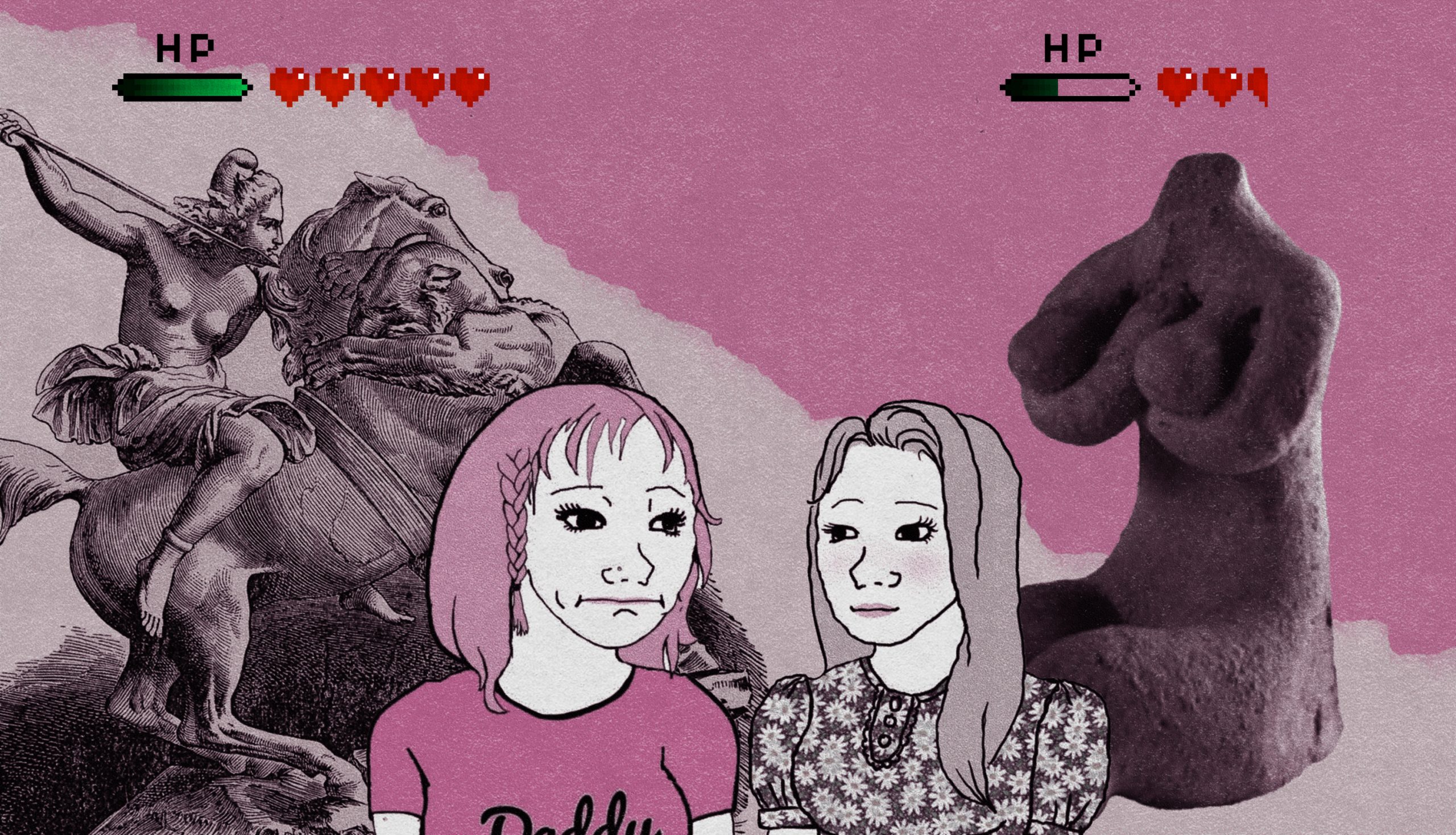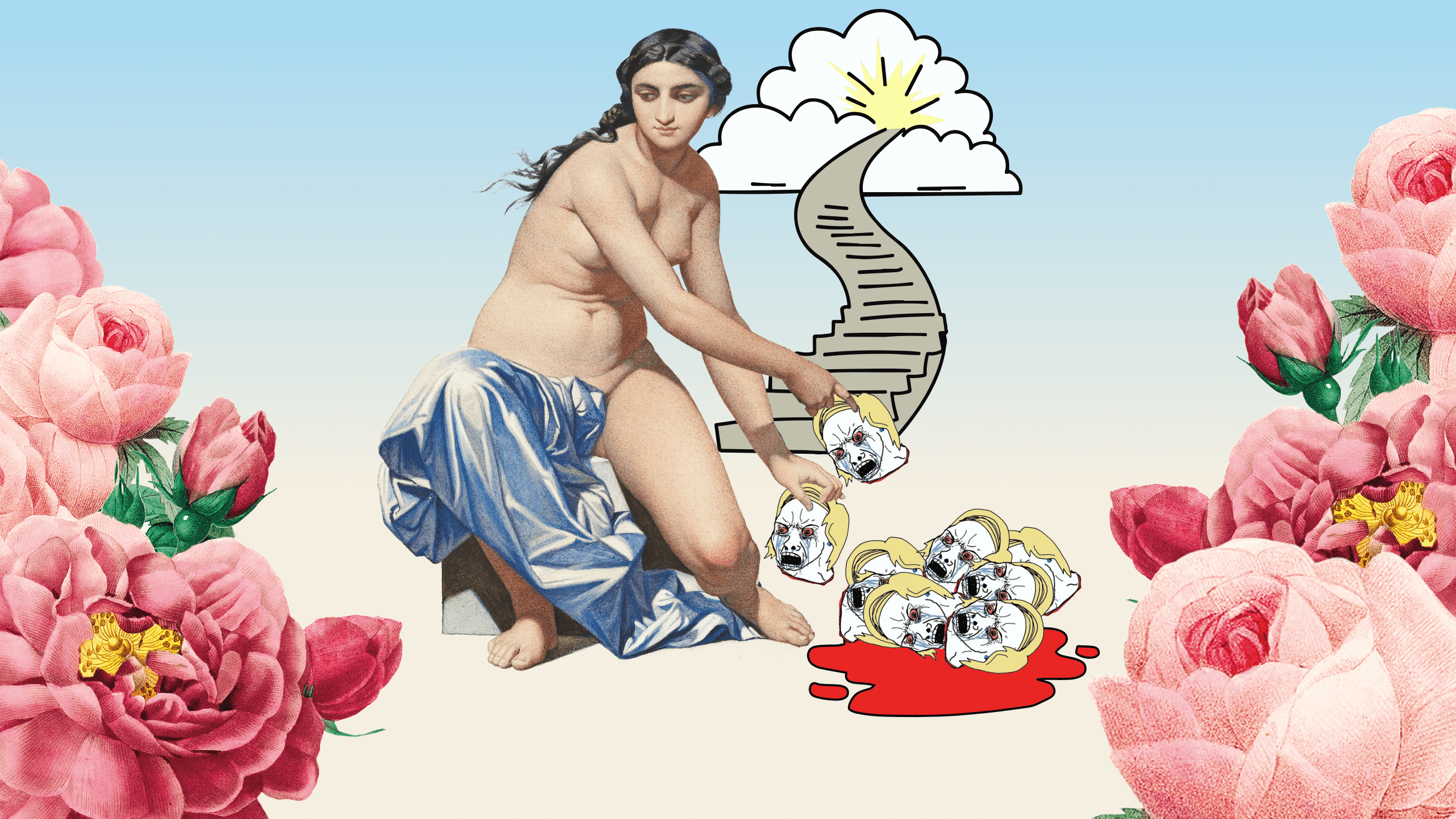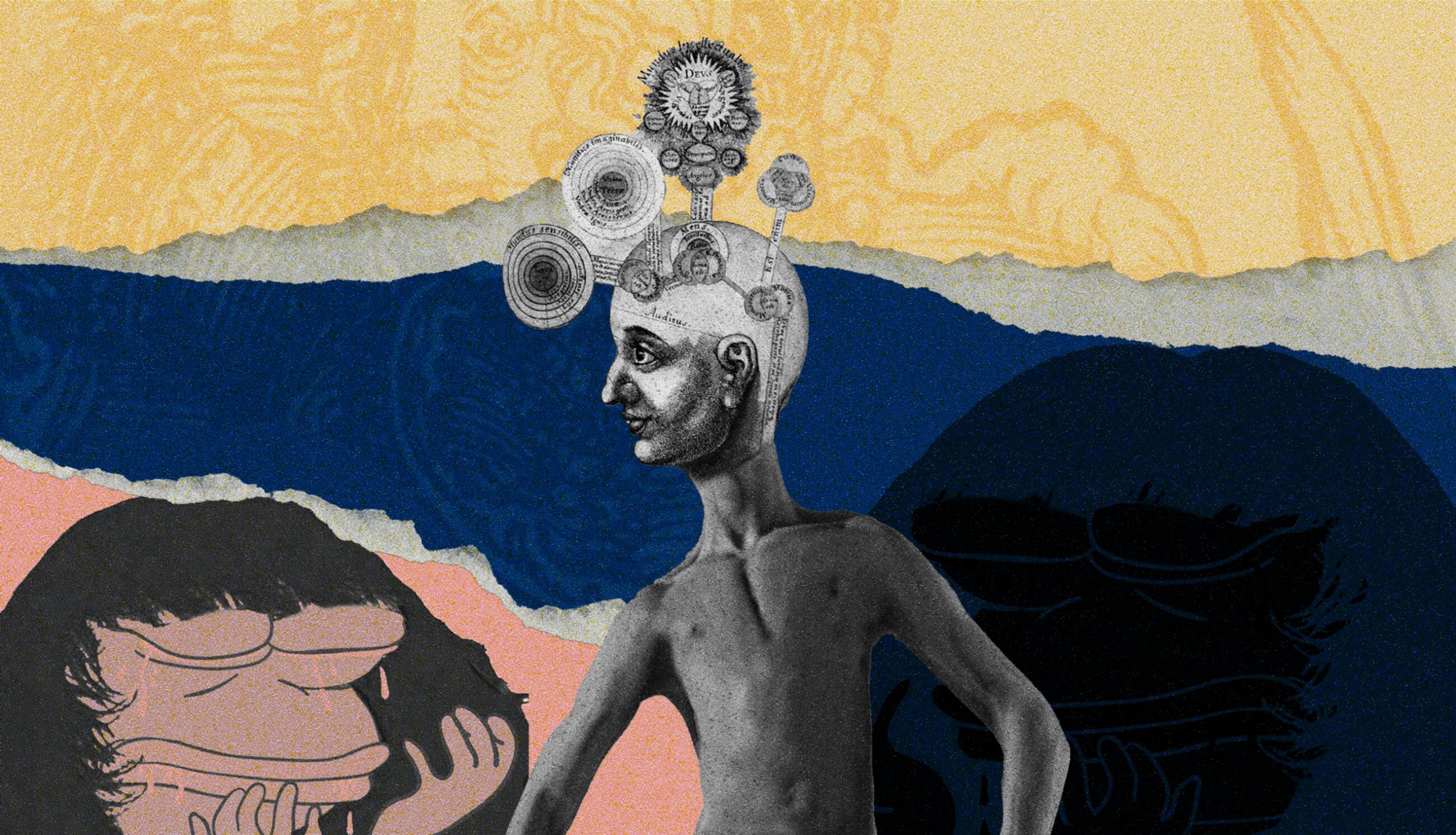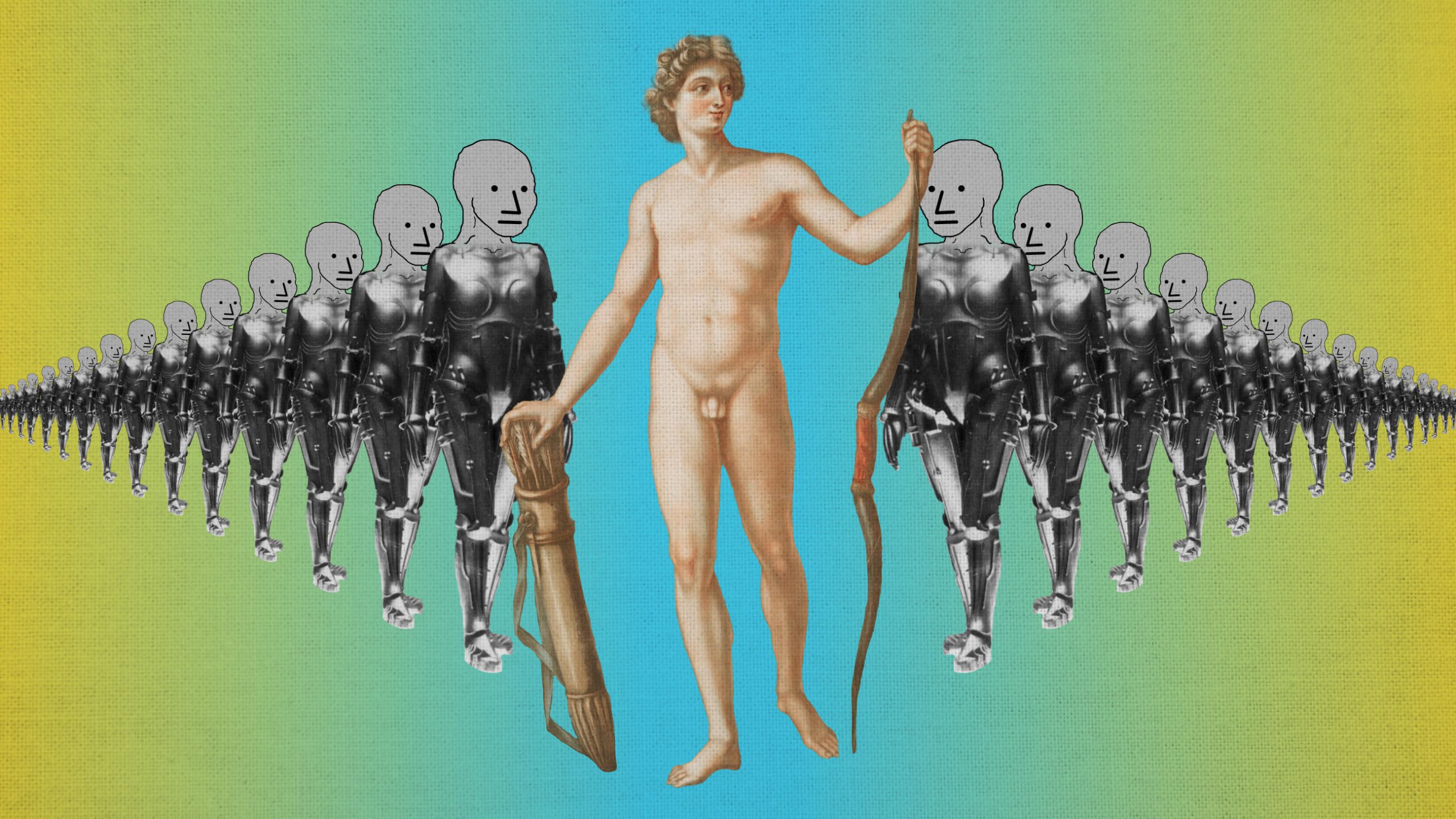Liberal feminism relentlessly aggresses against the female body and soul.
Make Motherhood Beautiful Again

Honor and beauty, not economic incentives, can bring birth rates back up.
American birth rates continue to plummet. America’s total fertility rate sank to less than 1.65 per woman in 2020. The same year, the number of live births equaled that of 1979, despite the fact that America has over 100 million more inhabitants.
Some conservatives pounce on these trends as justifications to propose more robust family policies—a Child Assistance Plan, for example. They hope leveraging incentives will increase birth rates. It might. Life is expensive, after all, and relieving some of the costs might change some minds. I will not object to my pouncing friends. But color me skeptical on whether such a plan would move the needle much on the birthrate.
Such policies have the benefit of at least doing something about this looming problem. Doing something is better than doing nothing. Or is it? On a deeper level the decision to have children is not as much about economic incentives as about the place of economic incentives in one’s life. Having children is a spiritual decision, reflecting one’s ideas of hope for the future and a willingness to sacrifice for something larger than oneself. And what society honors is a political question. So we need to understand more deeply how marriage and family life are being systematically dishonored.
Fertility and Decadence
Birth dearths are signs of decadence, a feeling that the world is corrupt or old. “In the flourishing ages of the world,” David Hume writes, “it may be expected, that the human species should possess greater vigor both of mind and body…and a stronger inclination and power of generation.” The dynamism of civilization and birth rates spring from civilizational purpose, confidence and vigor. “No country in which population flourishes, and is in progressive improvement, can be under a very mischievous government,” as Edmund Burke suggested. Civilizations that have confidence in themselves, where citizens are willing to die for their country, will reproduce. Decaying ones will not. People who serve something larger than themselves will take on the sacrifices of family life, and other sacrifices. People who don’t, won’t.
Another crucial element is female vanity. Vanity arises from women’s higher levels of sociability and agreeableness relative to men. Women are nicer, but they also tend to accommodate themselves to reigning opinion more than men do. Vanity is a concern for how one is viewed by others; it involves looking at oneself from the perspective of that other person or comparing oneself to others. Women will always be concerned to present themselves to men, but also to compete in the beauty sweepstakes with other women.
But this vanity need not lead to a birth dearth. If civilization values a maternal ideal of beauty, there will be more babies. If a society’s idea of beauty is less maternal, it will get fewer babies.
Notions of what is beautiful are partly natural and partly conventional. Survival of the Prettiest, Nancy Etcoff’s 1999 book, emphasizes the natural and universal. Beautiful faces and bodies are symmetrical and proportionate, for both sexes. Pure skin, high cheek bones, small chins, full lips, and widely-spaced eyes, indicating youth in women, are thought to be beautiful across cultures. Evolutionary biologists suggest a relation between the beautiful and child-bearing.
Other elements of beauty are conventional. It matters for reproduction which kinds of body shape are considered beautiful. During Victorian times, female beauty was desirably plump and full-figured. Curves and hourglass figures were in during the glam stage of Hollywood too. But starting in the 1960s, female beauty became much thinner, with an emphasis on an adolescent physique. Not much (excepting the media’s effort to glamorize obesity) has changed since then—toned and athletic are in; soft and voluptuous is out.
Who is Beautiful?
Today’s conventional idea of the beautiful woman derives from modern, second-wave feminism’s emphasis on the independent woman. Some feminists hoped that women could be freed from “the beauty myth” entirely. Shulamith Firestone thought the reigning feminist notions of beauty in the early 1970s, defined by “homosexual men, often misogynists of the worst order,” forced and mutilated women’s “bodies with diets and beauty programmes.” More political thinkers, like Simone de Beauvoir, thought feminism needed a new non-maternal beauty ideal. Old ideas of beauty emphasized motherhood, passivity, and even timidity—and they accommodated the idea that many women would “let themselves go” a bit after having children.
A new idea of beauty was needed to make the world anew. “Let [the new woman] swim, climb mountains, go out for adventure, and she will not feel before the world that timidity which I have referred to,” wrote Beauvoir. Traditional ideas of a more voluptuous female figure would give way to a more athletic vision consistent with female competitiveness and aggression. This image quickly took off, finding expression in models and television and motion pictures. Thomas Wolfe calls this new vision “boys with breasts” in his 1998 novel A Man in Full—a trophy wife image that promises sexual performance but not children. No one is having children on Project Runway! Under the influence of this new standard, women conform to contemporary beauty by having fewer kids or no kids.
Couple this with the science of fertility. According to 2010 and 2009 studies, a minimum Body Mass Index (BMI) of about 18.5 is needed for ovulation and subsequent fertility, gestation, and lactation. At the extreme levels, low BMI or excessive exercise-related hormones cause athletic amenorrhoea, from which, according to a 1999 study, as many as 5% of women suffer and as many as one-fourth of women athletes suffer (runners and gymnasts most of all). Experiments and surveys suggest that the American idea of beauty for white women, at least, “fell significantly below the established healthy range” for BMI and fat content. This is in line with 2012 study where attractiveness and ideas of healthy-looking bodies are “at the very bottom of the physiologically healthy range.”
The permanent features of beauty, which are theoretically connected to fertility, collide with the conventional features of beauty, which compromise fertility. For many, convention wins. The result is a confounding birth dearth, so contrary to the expectations of evolutionary biologists. Human beings are political animals after all, taking their ideas of living well from predominant opinions in communities more than from nature.
Government does not, and should not, have much power to affect our image of beauty. But cultural elites, who pound us with images of what is beautiful, have tremendous power to shape our standards here. Thus our own decadent ruling class has done terrible damage to the delicate social mores that encourage people to have or not have children. Without a new media promoting a new idea of beauty—one that celebrates the beauty of family life and of the beautiful bodies that mothers come to have—no real change in our birth rates should be expected. Full-figured women are women in full!
The American Mind presents a range of perspectives. Views are writers’ own and do not necessarily represent those of The Claremont Institute.
The American Mind is a publication of the Claremont Institute, a non-profit 501(c)(3) organization, dedicated to restoring the principles of the American Founding to their rightful, preeminent authority in our national life. Interested in supporting our work? Gifts to the Claremont Institute are tax-deductible.
The digital era has awoken an ancient revulsion with the flesh.
Human bodies are irrevocably either male or female. Attempts to change that are recklessly destructive.
Finding a middle ground between Kardashian bod and blobby positivity.
Your mind is not the only thing you are.
Our humanity must reassert itself over our technological power.






